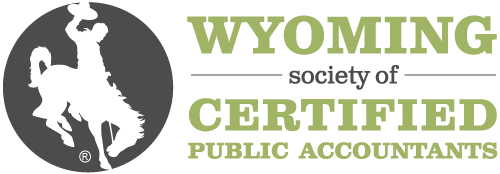Objectives
• Expand the process involved in reviewing applicable tax returns
• Identify the most common areas that result in errors
• Document a review, including consideration of risk management
Designed For
Senior-level staff new to the review process or experienced staff members looking to update and/or expand their review procedures.
Registration for this course has passed.
Course Pricing
WYOCPA Member Fee
$265.00
Non-Member Fee
$315.00
Late Registration Fee (will be added after November 22, 2019)
$100.00
Your Price
$415.00
Upcoming Courses
-
CPAxPACK: Tax Pro's Guide: Essential Courses for Tax Mastery
July 1, 2025
-
CPAxPACK: Unlocking AI Potential for Business Innovation
July 1, 2025
-
CPAxPACK: Unlock Power BI with Comprehensive Data Analysis
July 1, 2025
View all upcoming courses
